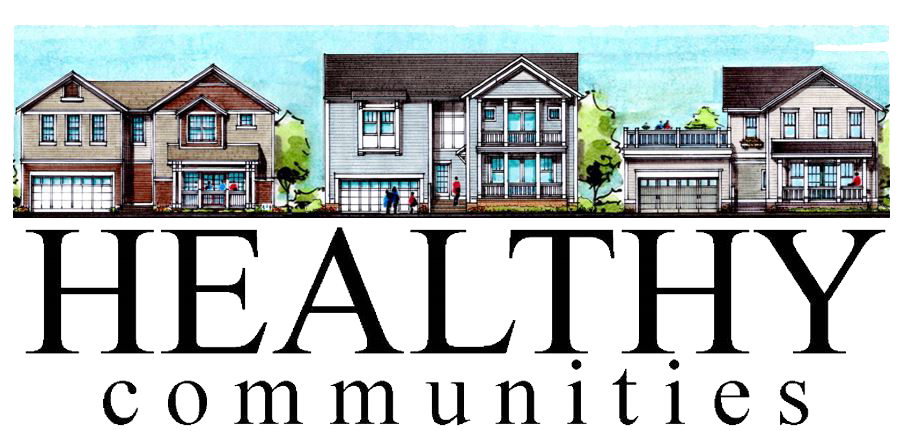Sustainability has come into focus as one of the key concerns of builders across the nation, both in residential and commercial construction. There are many ways architects are using sustainable, green principles to develop buildings with minimized carbon footprints.
Here are just a few examples of some of the biggest benefits associated with green building construction:
- Water savings: Sustainable building principles are being used to save water. The use of efficient plumbing fixtures helps to reduce water waste, as well as the strain on shared water resources. Building designers also have shown an increased interest in engineered systems that purify water for the whole property, enabling more water recycling and allowing alternative sources of water (like rainwater) to be used throughout a property.
- Better indoor environment: There are a variety of features building designers can implement to improve the indoor environment and make it more sustainable. Lighting sources, air quality upgrades and various ergonomic features can all be used as means of improving the indoor environment for working and living, providing occupants with boosts to their health and general quality of life.
- Improved health: The environmentally friendly materials used in green building construction can have a measurable benefit on people’s health. Green buildings do not use materials that contain volatile organic compounds or plastic byproducts, both of which release harmful fumes and substances into the atmosphere. This helps protect people from what would otherwise be an elevated risk of respiratory disease and other health issues, like cancer.
- Reduced maintenance and operational cost: Green buildings tend to have lower maintenance costs associated with them, as their design elements naturally reduce energy consumption. More energy-efficient appliances and functionality means significant savings over time for the property owner. While there may be a higher initial expense associated with creating and installing these energy-saving systems, the efficiency they provide makes that expense more than worthwhile in the long run.
- Reduced carbon footprint: The U.S. Environmental Protection Agency (EPA) states that commercial and residential buildings account for approximately 13 percent of greenhouse gas emissions across the nation. By following green building principles, building owners can significantly reduce their contribution to these emissions. As these principles become used on a broader scale, that 13 percent figure would theoretically start to shrink.
- Material efficiency: Green building often involves the reuse of previously used materials and structures. “Upcycling” is a term commonly used for repurposing old structures and materials for new and exciting projects. This process saves natural resources, reduces waste and limits the amount of energy expended on a given project. The result is efficiently designed and built structures that are created to last, with minimal impact to the environment.
There are many ways in which green building is impacting the construction industry as a whole. Look for more of these trends to enter mainstream design and construction, and for green building to come into greater focus as the global climate crisis continues to worsen.
For more information about what’s involved with green building construction, contact the team at Healthy Communities with your questions.
